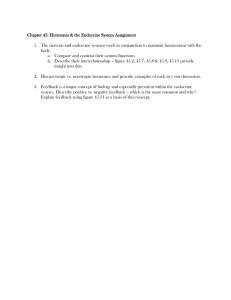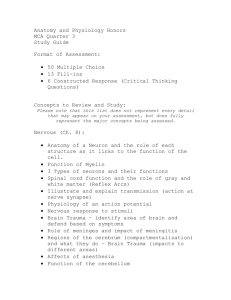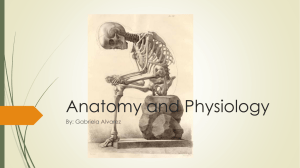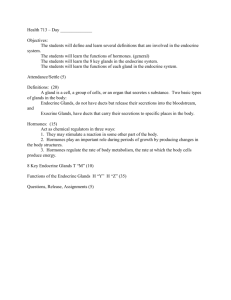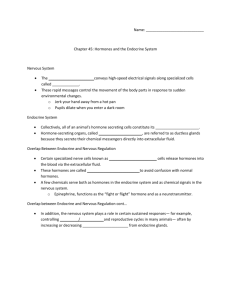Review Sheet for Final Exam
advertisement
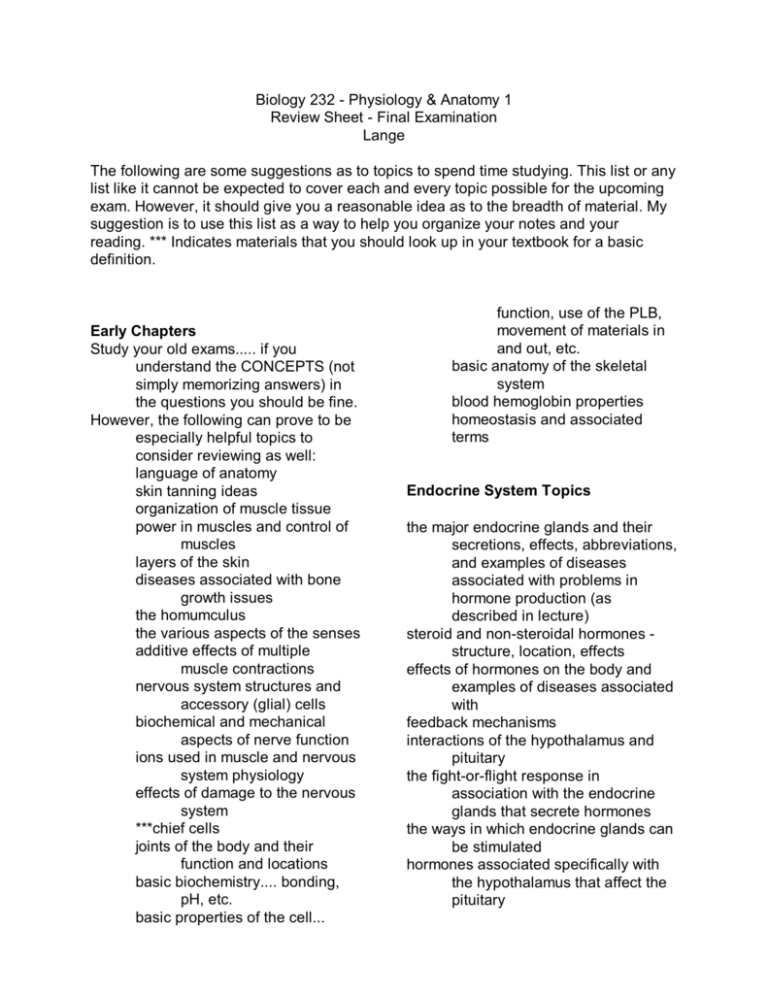
Biology 232 - Physiology & Anatomy 1 Review Sheet - Final Examination Lange The following are some suggestions as to topics to spend time studying. This list or any list like it cannot be expected to cover each and every topic possible for the upcoming exam. However, it should give you a reasonable idea as to the breadth of material. My suggestion is to use this list as a way to help you organize your notes and your reading. *** Indicates materials that you should look up in your textbook for a basic definition. Early Chapters Study your old exams..... if you understand the CONCEPTS (not simply memorizing answers) in the questions you should be fine. However, the following can prove to be especially helpful topics to consider reviewing as well: language of anatomy skin tanning ideas organization of muscle tissue power in muscles and control of muscles layers of the skin diseases associated with bone growth issues the homumculus the various aspects of the senses additive effects of multiple muscle contractions nervous system structures and accessory (glial) cells biochemical and mechanical aspects of nerve function ions used in muscle and nervous system physiology effects of damage to the nervous system ***chief cells joints of the body and their function and locations basic biochemistry.... bonding, pH, etc. basic properties of the cell... function, use of the PLB, movement of materials in and out, etc. basic anatomy of the skeletal system blood hemoglobin properties homeostasis and associated terms Endocrine System Topics the major endocrine glands and their secretions, effects, abbreviations, and examples of diseases associated with problems in hormone production (as described in lecture) steroid and non-steroidal hormones structure, location, effects effects of hormones on the body and examples of diseases associated with feedback mechanisms interactions of the hypothalamus and pituitary the fight-or-flight response in association with the endocrine glands that secrete hormones the ways in which endocrine glands can be stimulated hormones associated specifically with the hypothalamus that affect the pituitary

